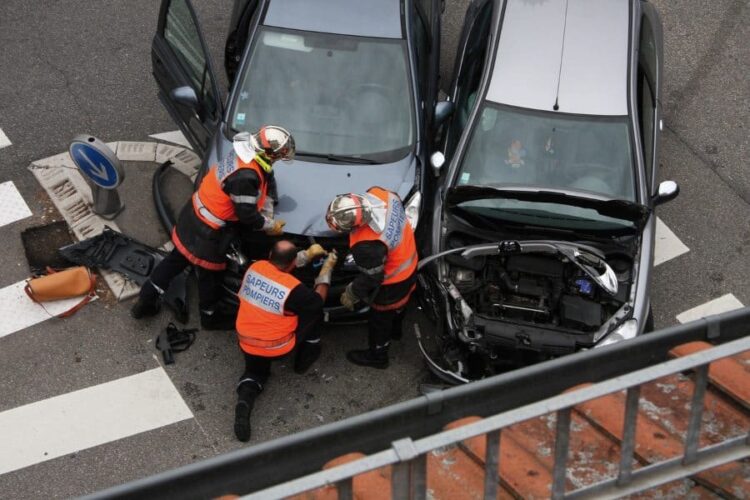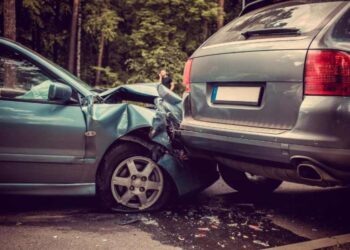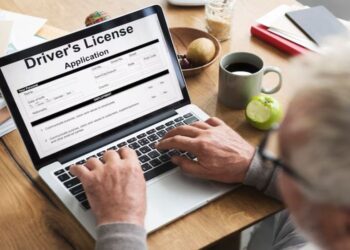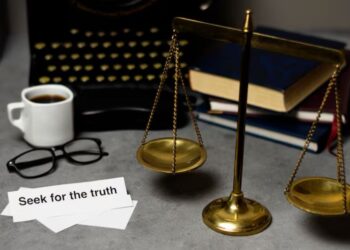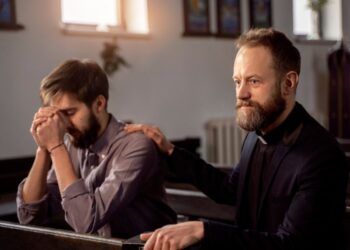Pedestrian accidents can cause loads of damage. In the state of Florida, like in many other places, determining liability in such accidents is a critical aspect of seeking justice and compensation for the victims. If you are dealing with a pedestrian accident, or if you’re simply curious about how liability is determined in such cases, then it’s important to understand the process. You need to understand how these factors can affect your case and help figure out who is responsible.
Florida’s Comparative Negligence System
Florida follows a comparative negligence system when it comes to determining liability in pedestrian accidents. This means that when an accident occurs, the fault is not always assigned to just one party. Instead, the law allows for the assignment of fault based on the degree of negligence exhibited by each party involved. The percentage of fault assigned to each party can have a significant impact on the final compensation awarded. For example, if a pedestrian was jaywalking and a distracted driver hit them, both parties might share some degree of fault. The pedestrian might be found 20% at fault for jaywalking while the driver could be found 80% at fault for being distracted. Which means their compensation is reduced.
Determining Liability Factors
In any pedestrian accident case, one of the primary considerations is whether the parties involved owe each other a duty of care. Typically, drivers owe pedestrians a duty of care to drive safely and avoid causing harm. To establish liability, it must be proven that the duty of care was breached. If a driver wasn’t paying attention to the road, then they weren’t following their duty of care. It’s important to figure out which person wasn’t paying attention. If the breach of duty did not cause the accident or the injuries, liability may not be assigned. The extent of the pedestrian’s injuries and losses plays a significant role in determining liability. The more substantial the damages, the greater the potential liability on the part of the at-fault party.
As mentioned earlier, Florida applies comparative negligence, which means that multiple parties can share fault. It’s important to see what part of the accident everyone was a part of. Eyewitness accounts and physical evidence such as skid marks, traffic camera footage, or surveillance videos can be invaluable in establishing liability. The police report filed after the accident can contain valuable information about the incident. Which can help with your case. There are times when having experts who understand the conditions can make a difference.
Liability in Different Scenarios
If a pedestrian is crossing at a marked crosswalk with the right of way, and a driver fails to see them or runs a red light, the driver is likely to be held mostly liable. If a pedestrian is jaywalking or crossing outside of a designated crosswalk and gets hit by a car, they may share a portion of the liability. If a driver is not following driving laws or driving under the influence, they are more likely to be found at fault in pedestrian accidents.
In some cases, poor road conditions, such as a lack of proper lighting or inadequate signage, can contribute to an accident. In such instances, liability may be shared between the driver and the entity responsible for road maintenance. There are times when pedestrians are not acting properly and drivers are left confused. In these cases, liability may be more evenly distributed, depending on the specific circumstances. Hit-and-run accidents can complicate liability determination. However, if the hit-and-run driver is identified, they will likely bear most of the liability.
Legal Steps After a Pedestrian Accident
If you’re involved in a pedestrian accident in Florida, there are essential legal steps to take. Your health should be your top priority. Even if your injuries seem minor, it’s crucial to get a medical evaluation immediately. Some injuries may not manifest symptoms until later. Report the accident to the police. They will write out all the details with everything necessary. If possible, take photos of the accident scene, your injuries, and any damage to the vehicles involved. Collect witness information as well. Don’t say anything that could be used against you by the other party. Talk with a personal injury attorney who can guide you through the legal process, assess your case, and help you understand your rights and options. Notify your insurance company about the accident. However, be cautious about providing recorded statements to the at-fault party’s insurance company without legal representation.
Bottomline
In Florida, there are ways to figure out who is responsible for a pedestrian accident. These can determine how much money you can receive for the damages. It’s in your best interest to find an attorney in your area who understands pedestrian accidents. They will be able to hear your story and figure out where to go from there. With their help, you’ll be able to move along with your case and move on with your life. Don’t wait around for too long. You don’t want to miss out on money that you are rightfully owed.


